Hortensia growing tips
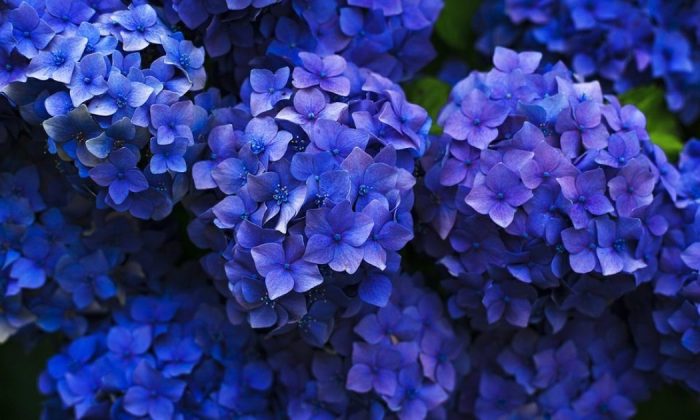
Hortensia (Hydrangea) is a stunning flowering plant that stands out among other flowers, mainly thanks to its huge flower balls. It comes from Japan and was imported to Europe about 200 years ago. You may grow Hortensia individually or in a cluster. There are various types of flower colours – from blue to purple. An interesting fact is that one plant can have different colours and the reason is the pH of the soil: the more acidic the soil, the more blue flowers it will produce. Alkaline soil will produce pink flowers and experienced gardeners can produce different flowers.
Suitable habitat
If you choose the correct spot, you have won a half of the battle… Whether your plant will do well depends primarily on the habitat you choose for it. It does not matter much if your soil is alkaline or acidic – the plant can handle both easily. But the place must be protected from strong winds, and must be partially in a shade. Too much sun is not good for Hortensia, but sunlight promotes more flowers… The best place should be under a trees or near some kind of semi-transparent fence (a regular fence covered with a fabric, etc.). Make sure the soil is constantly moist, but well permeable as the plant does not like to sit in water!
Fertilization
You need to fertilize Hortensias several times a year. Early in the spring, when the plant starts to grow and also during the flowering period. Use products specifically designed for Hortensia. The last fertilization should be done in August. After that, you may add a little bit of a fertilizer to your watering can.
Photo: Pixabay
Watering
Regular watering is essential for proper growth. The soil should never dry out and you should keep it properly moist at all times. Mulching can help you to achieve that. When the plant suffers from lack of water, it will lose its flowers and its leaves will turn yellow. During flowering you should water daily.
Additional care
In autumn, when all leaves have fallen, tie all branches into a cone shape and wrap fabric around them. You can cover the base with a layer of soil several centimetres thick or you can cover it with spruce branches. Remove the covering in spring where there is no longer any danger of frost. Well-developed plants can handle freezing temperatures and you do not need to cover them.
Pruning hydrangea
Over time, your small Hortensia bush can turn into a big and sprawling bush and to prevent that you need to prune it. Pruning also keeps the plant healthy and help you to maintain the desired shape. Pruning is not difficult and should be done in the spring before buds form. Simply get rid of all diseased and damaged parts.
Source: https://porady.interia.pl/ogrody/news-hortensje-zasady-uprawy-i-pielegnacji,nId,4907384
Preview photo: Pixabay

Gardening is my hobby, I have a lot of experience and I am happy to share it.
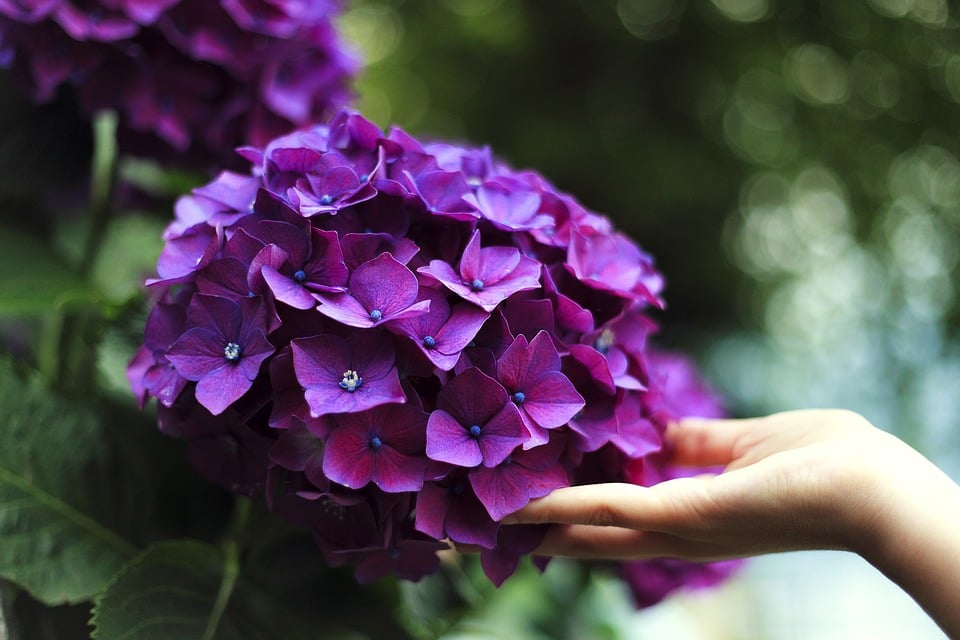


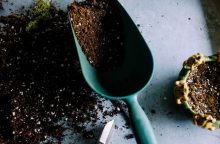
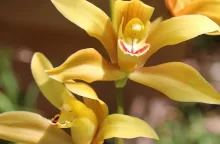
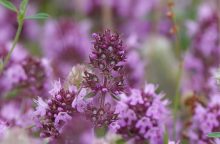
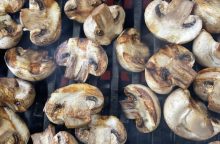
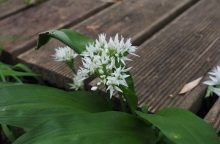
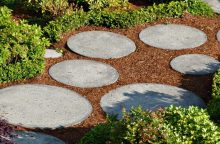
0 comments